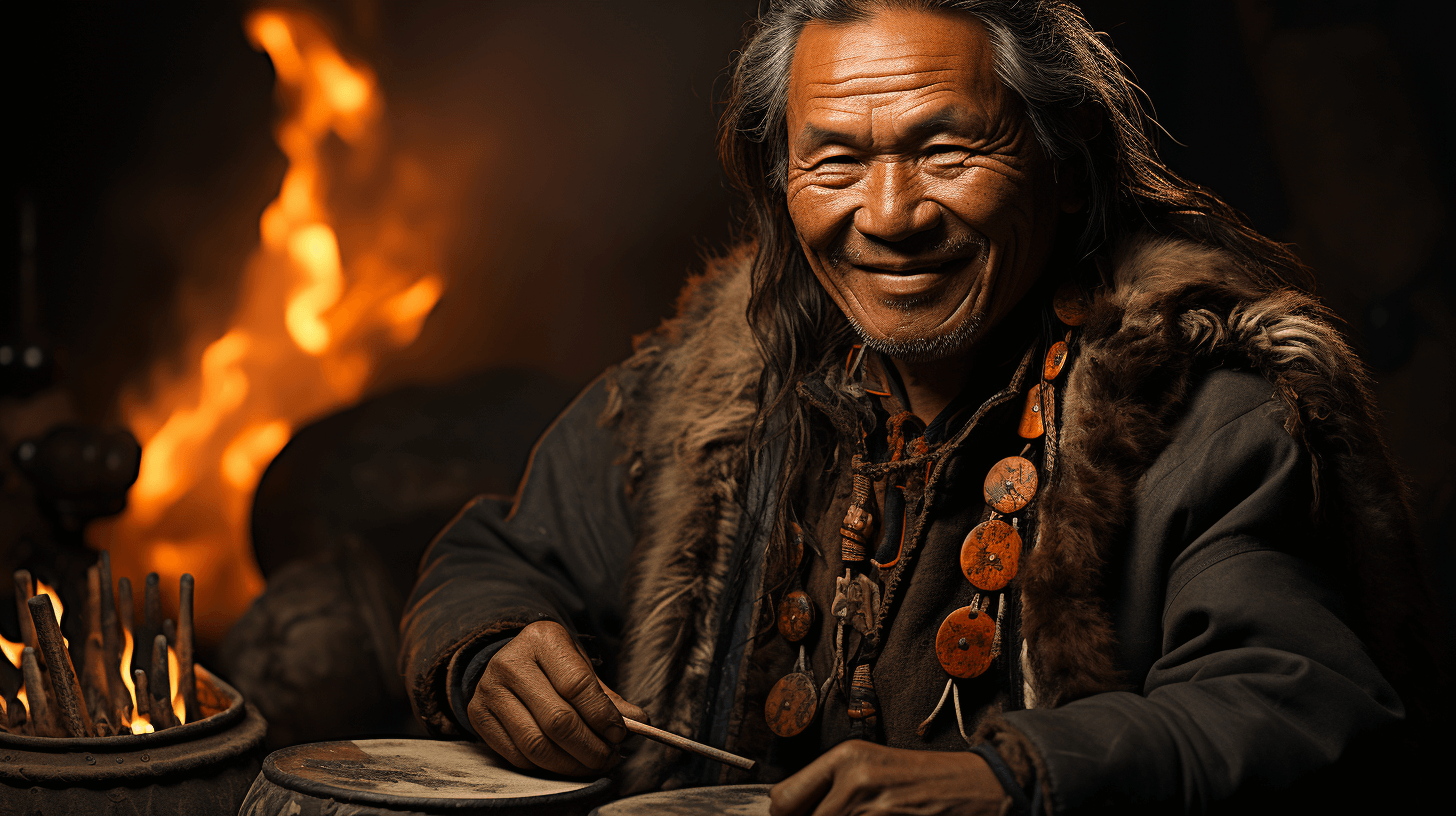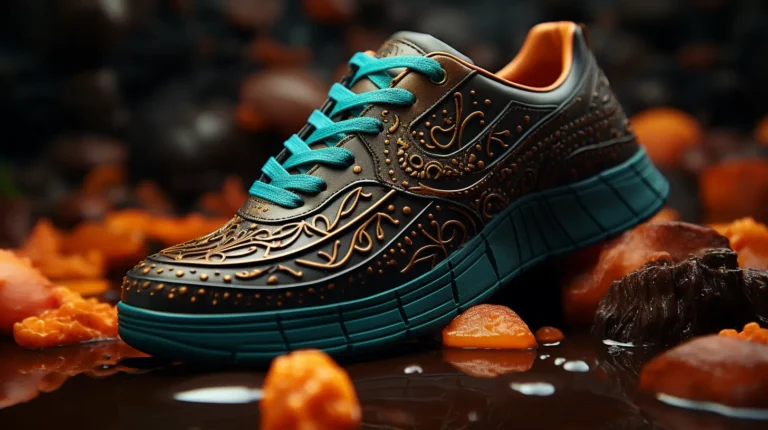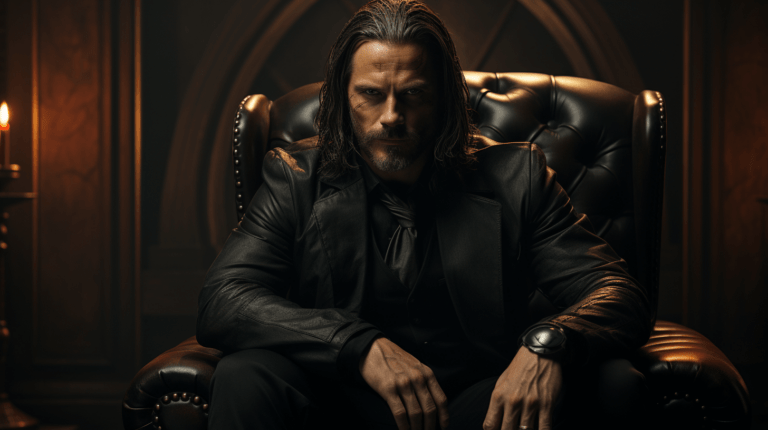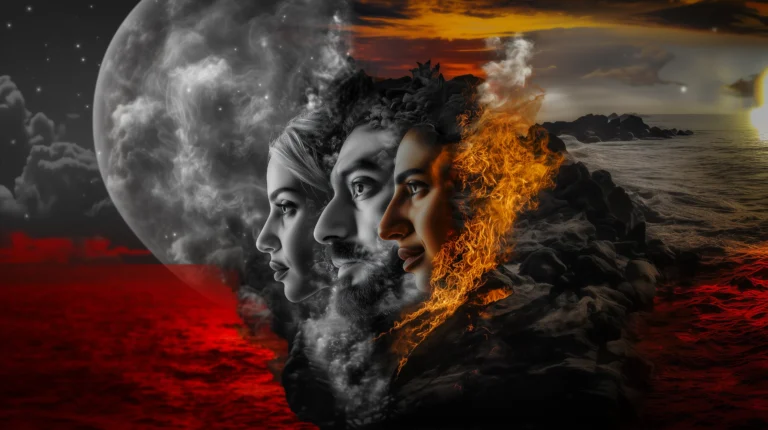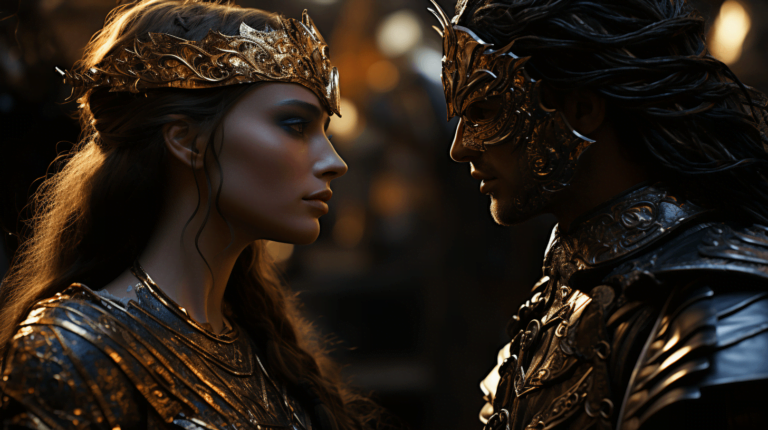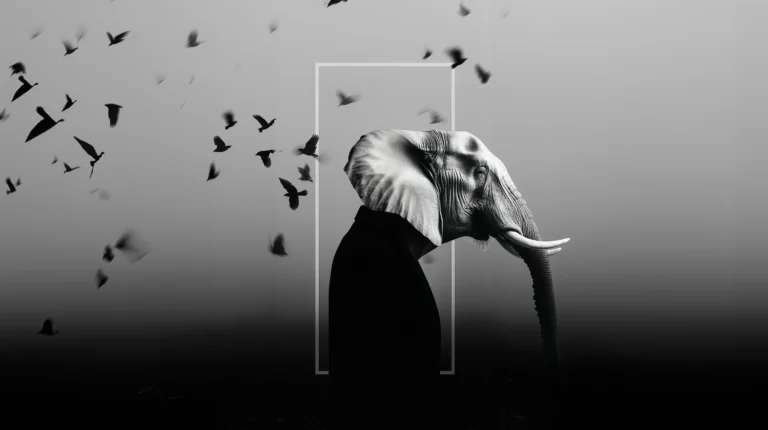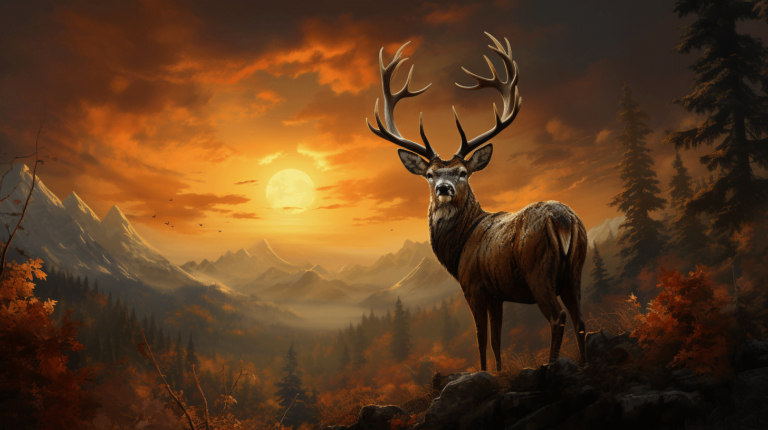Morgon Kara
The Buryats are a Mongolic people native to Siberia, particularly in the regions around Lake Baikal, the largest freshwater lake in the world by volume. The Buryat Republic (also known as Buryatia) is an autonomous republic within the Russian Federation, located southeast of Lake Baikal. Irkutsk, though not a part of Buryatia, is a city that has been historically significant for the Buryats and is one of the largest cities in Siberia.
The First Shaman
Morgon-Kara is a legendary figure in Buryat mythology, known as the first shaman. The tale of Morgon-Kara is significant within Buryat tradition and offers a foundational narrative for the origins of shamanism among this culture. While there are variations in the story due to the oral nature of its transmission, the core narrative remains consistent.
Morgon-Kara was an ordinary man who lived among the Buryats. One day, he fell seriously ill, so much so that he was thought to be dying. This illness is understood to be the shamanistic “call,” a common motif in shamanistic cultures where future shamans are chosen through specific trials or tribulations.
During his illness, Morgon-Kara’s spirit was said to have left his body and journeyed to the underworld. There, he encountered various spirits and gained knowledge of the spirit world and the mysteries of life and death. His spirit then returned to his body, and he awoke with newfound abilities – he was able to communicate with spirits, heal the sick, and see into the future.
Morgon-Kara became the first shaman, a spiritual guide who could traverse the spirit world and the physical world. His experiences set the precedent for the role and abilities of future shamans within Buryat culture. This transformation story provides a model for the spiritual initiation and role of shamans in the society – they are not only healers, but also seers and intermediaries between the human world and the spirit world.
The story of Morgon-Kara is a cornerstone of Buryat shamanism and continues to hold cultural and spiritual significance for the Buryat people. It encapsulates key aspects of shamanistic practices and beliefs, particularly the notion of a profound personal experience or trial leading to the awakening of spiritual abilities and the important role shamans play in their communities.
The Drum

In Buryat mythology, the drum is a fundamental instrument for the shaman, symbolizing the universe or cosmos, and serving as a means of transportation during ritualistic journeys into the spirit world. Each part of the drum can represent different elements of the universe or aspects of the shamanic journey.
There’s a tale where Morgon-Kara, proud of his abilities and powers, challenged the gods, claiming that his strength was equal to theirs. To prove this, he decided to beat his sacred drum to summon a powerful storm. The gods, offended by Morgon-Kara’s audacity, responded by sending a lightning bolt to split his drum in two, demonstrating their supreme power and showing that Morgon-Kara was not their equal.
The splitting of Morgon-Kara’s drum by the gods is a powerful symbol. The drum is not just an instrument; it’s a representation of the shaman’s spiritual power. Therefore, the breaking of the drum symbolizes a reduction or fragmentation of Morgon-Kara’s power. It underscores that the gods are the ultimate source of power and that the shaman, while significant, is not on par with the divine.
The story of Morgon-Kara’s drum being split in two by the gods is a cautionary tale that underscores several important lessons:
Humility:
The story warns against hubris, demonstrating that no matter how powerful one might become, there are always greater forces. It reminds us of the importance of maintaining humility, even in the face of significant personal power or achievement.
Respect for the Divine:
The tale underscores the need to respect higher powers, whether these are understood as gods, nature, the universe, or simply forces beyond our control.
The Limits of Human Power:
Morgon-Kara’s challenge to the gods and the subsequent splitting of his drum highlights the limits of human power, especially in comparison to divine forces.
These lessons from the tale of Morgon-Kara are universal and can be applied in many aspects of life, reminding us of the importance of humility, respect for forces greater than ourselves, and recognition of our limitations.
In the heart of the cosmos, where spirits abide,
Buries a tale, where human and divine collide.
Of Morgon-Kara, shaman bold and proud,
Who dared challenge the gods, and shouted loud.
In his hands, the drum, a cosmic mare,
His rhythmic beat echoing in the celestial air.
Summoning a storm, his powers to prove,
A test of strength, the gods did not approve.
From high above, a lightning bolt they sent,
Morgon-Kara’s drum, by divine fury, rent.
A symbol of power, now fragmented, lost,
A testament to a line, recklessly crossed.
Humility, the tale whispers in the wind,
To respect higher powers, to let one’s pride rescind.
Bound are we by our human constraints,
No matter how colorful our spiritual paints.
So, beat your drum, but remember this truth,
Honor the divine, in age and in youth.
Power is but borrowed, from the gods’ mighty hand,
A lesson learned, in every mortal land.

